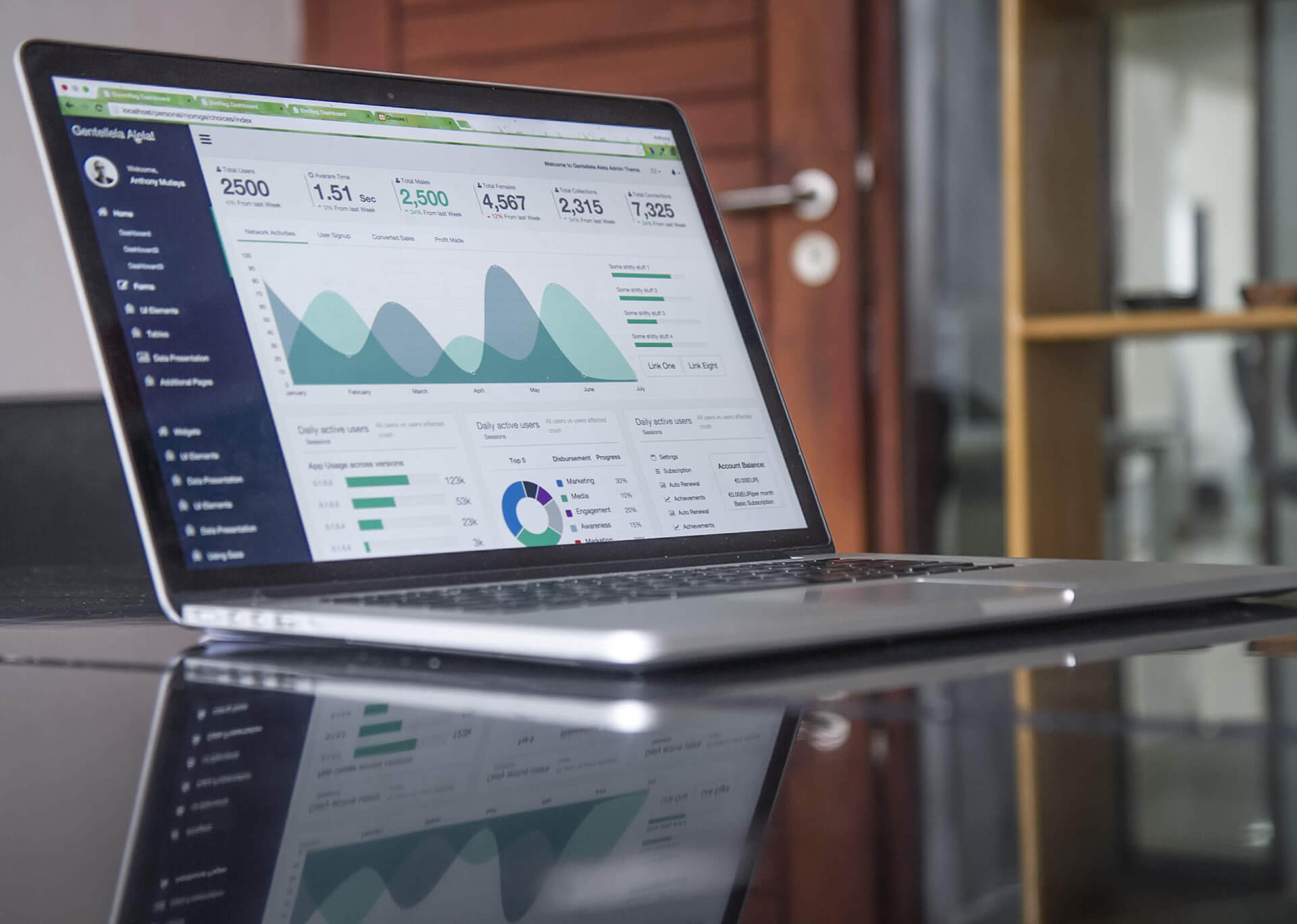
If you're trying to value your practice accurately and fairly, you need to rely on all the resources at your disposal. Outside consultants and a practice analysis tool like Truelytics can help you understand and shape your practice for the waiting eyes of a buyer.
While there are a variety of means to assess the value of your business, either to prepare it for sale or analyze it for management and operational efficiency, the general approach to doing so remains quite straightforward.
No matter where you are in the practice valuation process, you will need to be intimately familiar with EBITDA -- earnings before interest, taxes, depreciation and amortization -- a financial measure of a business's operating performance. The more you know about the EBITDA valuation model the better, and the easier it will be to determine the value of your financial planning or wealth management practice.
The EBITDA valuation model often gets a bad rap in the financial industry, but in many ways that reputation is ill-deserved. When properly used, the EBITDA model can provide a true picture of efficiency and profitability, and an accurate value, for a practice.
At the same time, the EBITDA valuation model can be, and often has been, misused and downright abused. Like any tool, EBITDA is only as good as the individual who uses it. That may be why some critics have complained that this popular valuation model often produces results that are inaccurate or even dangerously misleading.
One of the biggest problems with the EBITDA valuation model is that it is sometimes confused with cash flow. This is a misapplication of the EBITDA valuation model, and it should be avoided at all costs.
Before we can explore the good, the bad, and the ugly of the EBITDA valuation model, we must first understand how it is used to calculate the value of a practice. In order to use the EBITDA calculation, you simply take the net income of the practice and add back interest, tax, depreciation, and amortization expenses.
The idea behind the EBITDA valuation model is that this relatively simple calculation can be used to analyze the operating profitability of the practice before taking into account non-operating expenses like interest and non-cash charges like depreciation.
One of the most common criticisms of the EBITDA valuation model is that eliminating important factors like interest, depreciation, taxes, and amortization can provide a misleading picture of the business and its profitability. Under the EBITDA model, even unprofitable practices can look pretty good.
Even more troubling, the EBITDA method of valuing companies has often been abused, most notably during the dot-com boom and bust of the late 1990s and early 2000s. Under that generous valuation model, dot-com firms that had no earnings and clearly limited prospects for growth and even survival were often valued at enormous sums. When the house of cards came crashing down and the real (zero) value of those companies was revealed, the EBITDA model took another serious hit.
Given how easy the EBITDA method is to manipulate and its somewhat checkered history, many in the financial services industry prefer to use operating cash flow as a proxy for value. When properly used, operating cash flow can provide a truer picture of the profitability, and ultimately the fair market value of a financial planning or wealth management practice.
Under the operating cash flow model, the main consideration is how much free cash the practice generates. Since it adds in non-cash charges like depreciation and amortization back to the net income and includes changes in working capital that use and generate cash, like inventories and payables, this model is often the preferred method of valuation.
Many in the financial industry also feel that the cash flow model provides vital clues to the true worth of a company, clues that the EBITDA can often miss. For instance, the cash flow model can quickly reveal that the company in question is not making money due to lack of sales, something the EBITDA valuation model could easily miss.
The fact that EBITDA has some inherent flaws doesn't mean the valuation model doesn't have its fans. Indeed, it has a number of notable cheerleaders, including many in the financial planning and wealth management industries.
One of the most important benefits of the EBITDA valuation model is that it can be an easy way to estimate the amount of cash flow available for debt repayment and payment for long-term assets like capital equipment. Simply dividing EBITDA by the total required debt repayment lets business owners calculate the debt coverage ratio, simplifying business decisions and making decisions about long-term investments easier.
The cheerleaders also point out that EBITDA was never intended to value unprofitable firms, and in order for the model to be useful, the firm in question must generate real profits. That means that EBITDA can be extremely valuable for old-line firms and companies with a long history of success and profitability.
In such cases, the results generated by EBITDA are likely to be quite useful, helping business owners to make sound decisions that drive future growth. The same benefits can be applied to financial planning and wealth management practices -- using EBITDA to value a profitable practice will likely yield positive results and make everything from tax and estate planning to planning for a sale a lot easier.
In the end, there is no perfect valuation model. Whether you're planning to sell your practice to an outside entity or valuing the firm as part of an ongoing estate planning process, you need to know what the business is really worth. Your practice may be priceless to you, but smart planning means putting a real value on it and its operations. While the EBITDA valuation model has its critics and some legitimate issues, it remains a valuable tool for practice owners.
More articles related to: Valuation
These Stories on Valuation